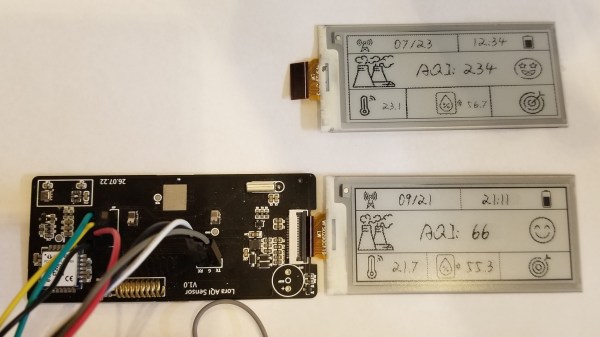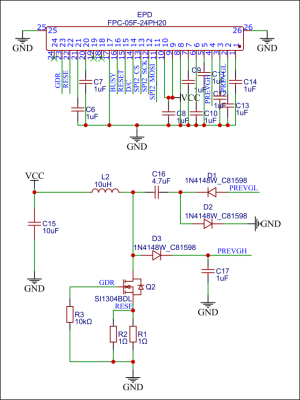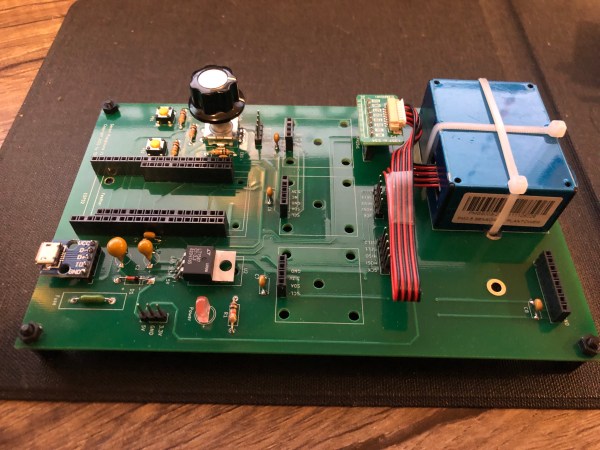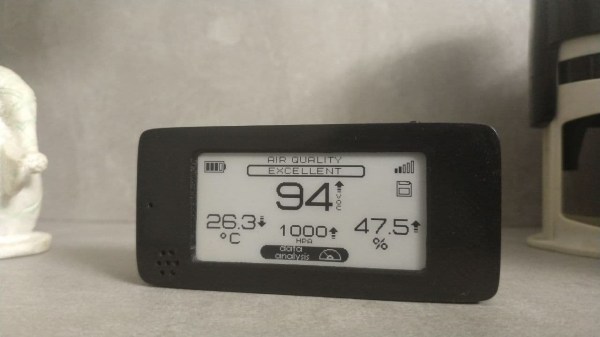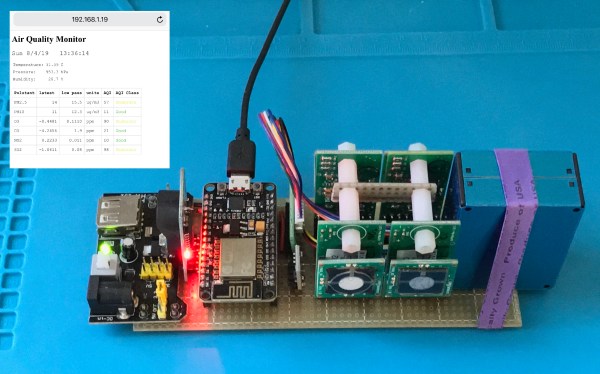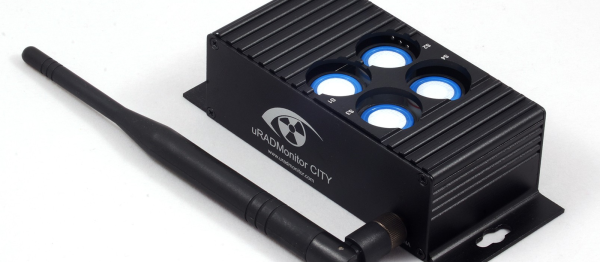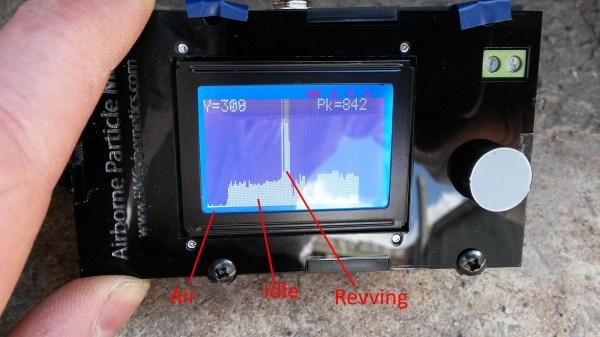Ever wanted an indoor environment sensor that’s dead simple yet a complete package? That’s the anotter-sensor-hub project from [Jana Marie], designed for the Sensirion SEN05x series sensors, with a SEN055 sensor shown in the picture above. Given such a sensor, you can measure VOCs and NOCs (Volatile and Non-Volatile Organic Compounds), as well as PM1, PM2.5, PM4 and PM10 particulate matter indices, with temperature and humidity sensing thrown in for good measure. Fully open and coupled with 3D printable stand files, this alone makes for an air quality hub fit for a hacker’s desk. That’s not all, however — this board’s elegant extensibility is a good match for the sensor’s impressive capabilities!
The PCB itself might look simple, it’s simply an ESP32 and some supporting circuitry required. But you’ll notice there’s also a trove of connector footprints for different interfaces; whatever else you might want to add to your sensor hub, whether it connects through I2C, SPI or PWM, you can! As usual, the sensor itself is the most expensive part of such a project — the boards themselves are around $5 USD apiece fully assembled, but one sensor-included hub will set you back roughly $42 USD. That said, it’s a great value for the price, and the trove of sensing data you can get might just more than pay for itself in quality-of-life improvements you make. Of course, everything is open-source and comes as a complete packages for you to start using. The firmware, KiCad files, 3D holder and even Grafana dashboard files can be found on GitHub.
Such air quality sensor platforms have been getting more and more popular, and hackers have been paying attention. Having a full open-source package like this at our disposal is amazing. If you’re looking for a cheaper “baby’s first air quality sensor”, drop by your local IKEA — there’s a way less featureful but quite cheap sensor that you can equip with an ESP8266, perhaps, even on a custom PCB.


